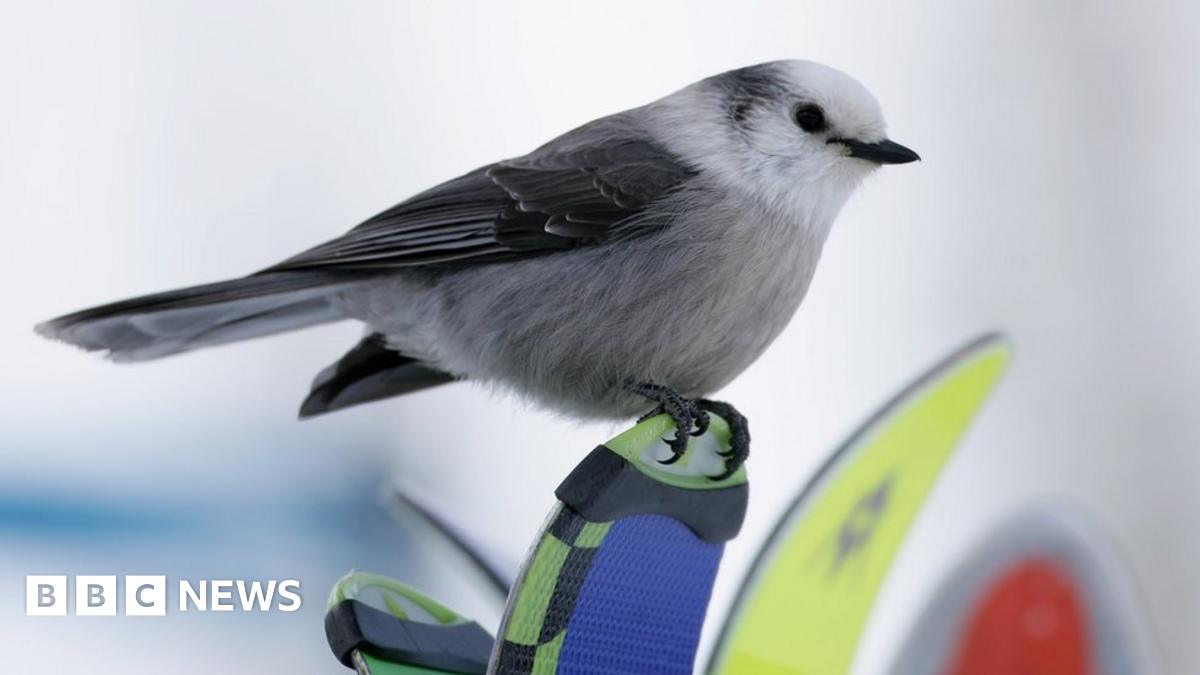Saltmarsh Sparrows are amongst the types of greatest preservation problem in the Northeast due to environment loss from sea level surge and human growth of seaside habitats. Their nests are extremely vulnerable to flooding throughout high tides. © duplicate; Dave Krueper
Among the defining ecological difficulties of the 21st century is climate adjustment. Boosted temperature levels, more severe weather events, altering moisture levels, and increasing water level are influencing eco-friendly processes, which in turn affect the circulation, abundance, and survival of lots of microorganisms, consisting of birds and human beings. These changes can adversely influence bird survival throughout the yearly life-cycle. Birds in every terrestrial and water habitat will be affected, although individual species in each environment are most likely to react in a different way.
The degree to which birds can adapt to more environmental adjustment relies on a suite of biological characteristics amongst species in addition to the sensitivity of the environments on which they depend.follow the link https://teampiersma.org/ At our site Some birds react quickly to transforming atmospheres by changing their circulations; such distributional shifts are already well recorded for both migratory and resident types. Some species may not be able to make such changes.
Just how worldwide warming will certainly impact the circulation of birds in the coming centuries is a question of vital importance to those thinking about biodiversity.
– Dr. Blair Wolf, University of New Mexico
Based on the susceptability analysis in the 2010 State of the Birds Report on Climate Adjustment, numerous groups of varieties emerge as specifically prone to altering climate in the next years. In many cases, this new evaluation raises the seriousness for shielding habitats for Watch Listing species currently prone due to various other elements. In various other instances, it highlights additional species not previously taken into consideration at risk with Watch List designation.
All of our predictions concerning the influences of environment modification on bird populaces are based upon facility climate versions, as well as similarly intricate models of the biography of birds. At the same time, documented shifts in bird distributions stand for a few of the best proof that climate change
results are already taking place. Information to improve our capacity to comprehend and predict the influences of climate adjustment on birds is quickly required, consisting of:
- Enhanced, standardized methods for reviewing which species, collections of species, or habitats are most at risk to environment adjustment, consisting of info about sensitivity, direct exposure, and adaptive capability;
- More research study on species phenology (i.e., the timing of seasonal changes in plants and pets) and just how environment adjustment might influence interactions between varieties, habitats and sources;
- Unification of group specifications (e.g., birth, fatality, and immigration prices) into bird-habitat-climate versions; and
- Long-term monitoring programs to record adjustments climate, actions of varieties and environments to climate change, and to ground-truth predictive models.
PIF ADVISED ACTIONS:
- Shield indigenous plants to withdraw carbon and decrease greenhouse gases.
- Secure and restore seaside salt marshes and assist in movement of marshes inland.
- Produce hallways of high quality habitat, particularly along elevational and latitudinal gradients, to enable specific species to change circulation.
- Review eco-friendly power tasks in factor to consider of sensitive habitats and migratory flyways to lessen unintended effect on birds.
- Secure important surface water resources, specifically in riparian and aridland environments.
- Focus on minimizing habitat loss and degradation as the main danger to a lot of bird varieties.
